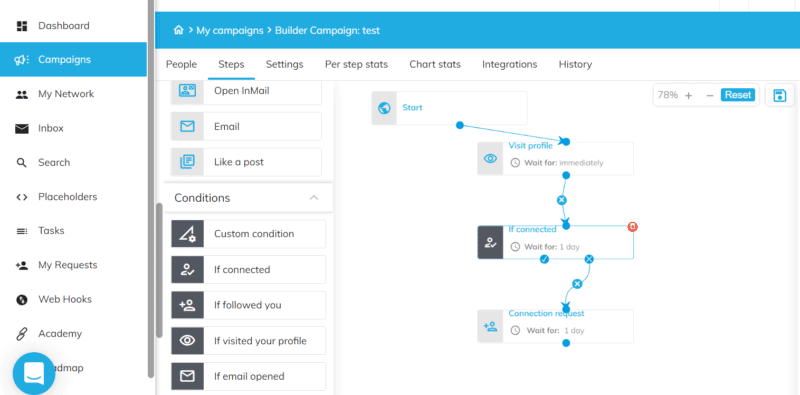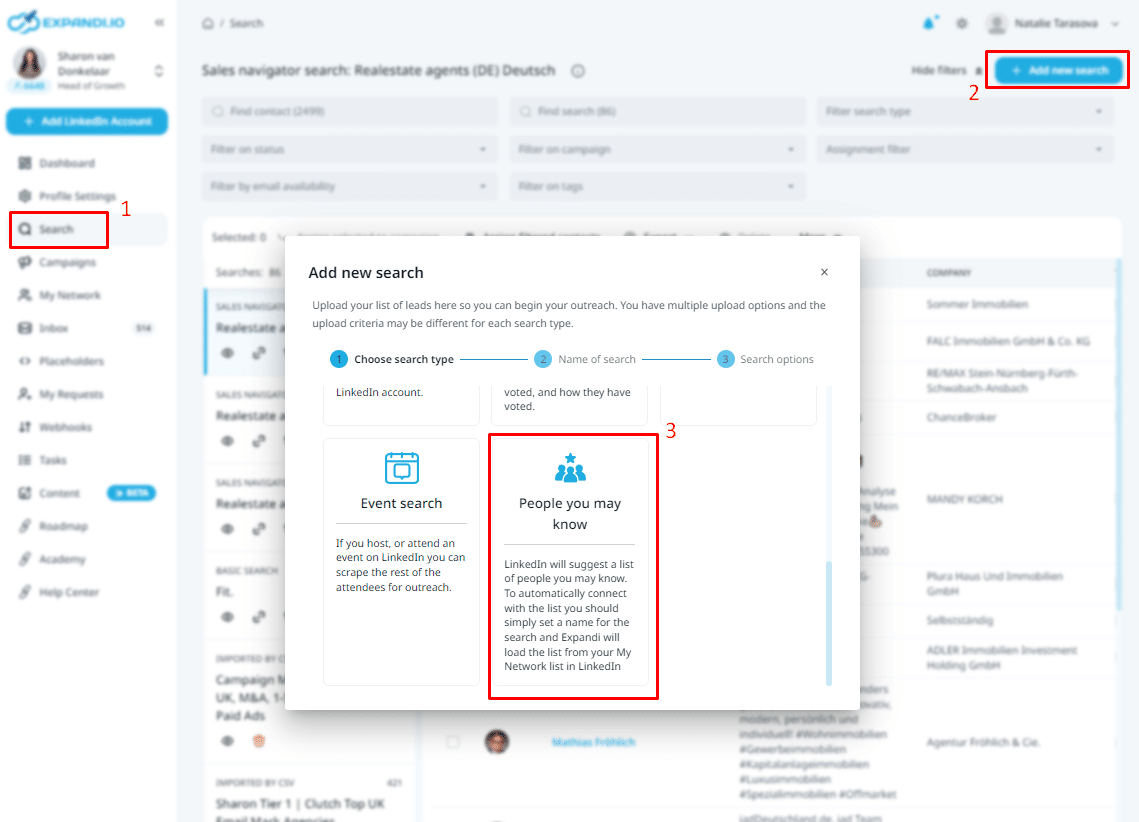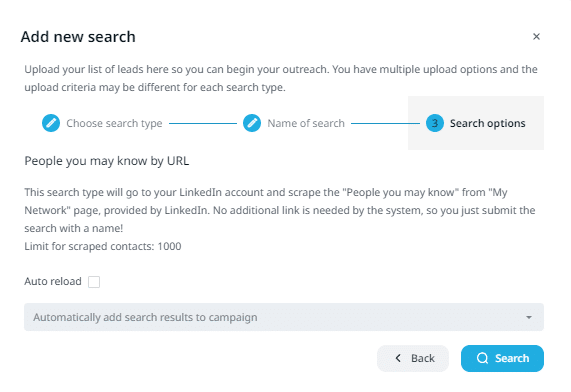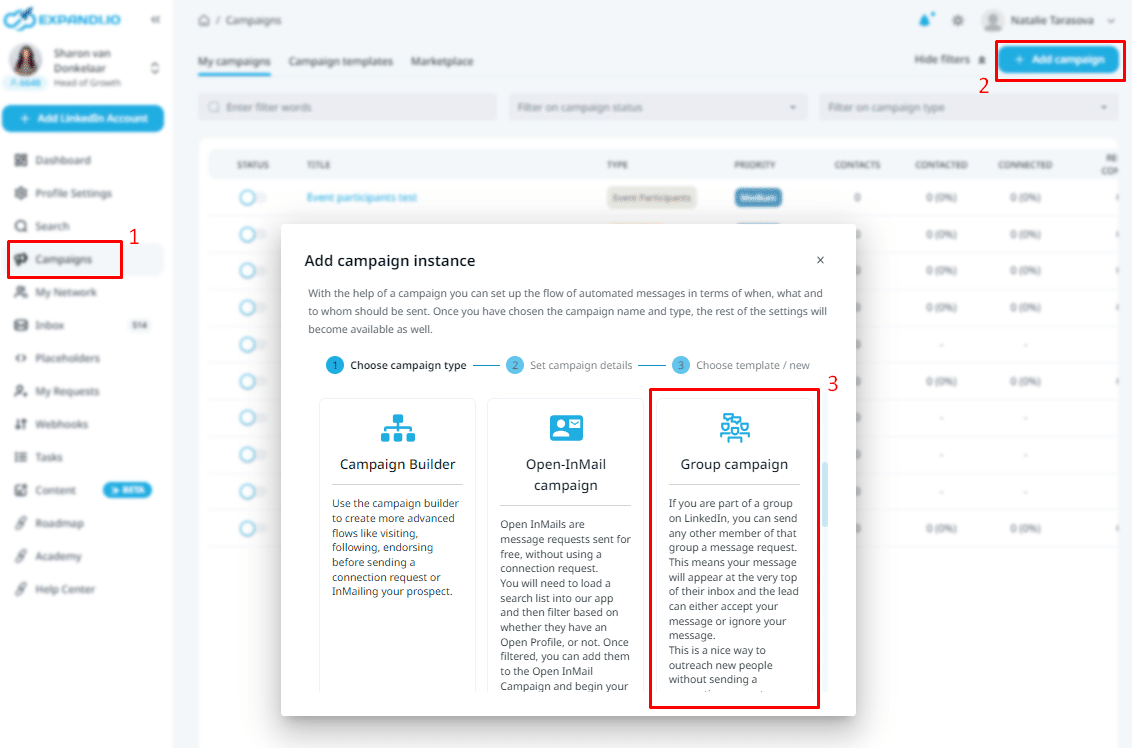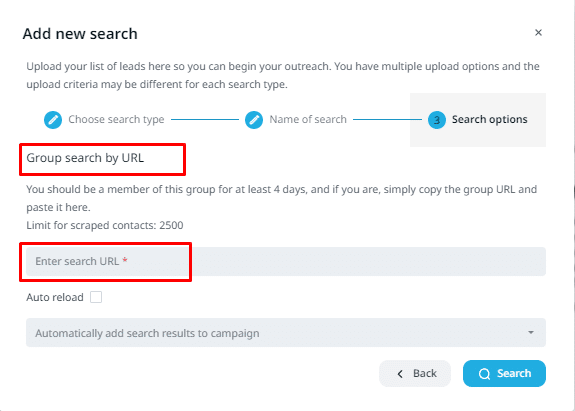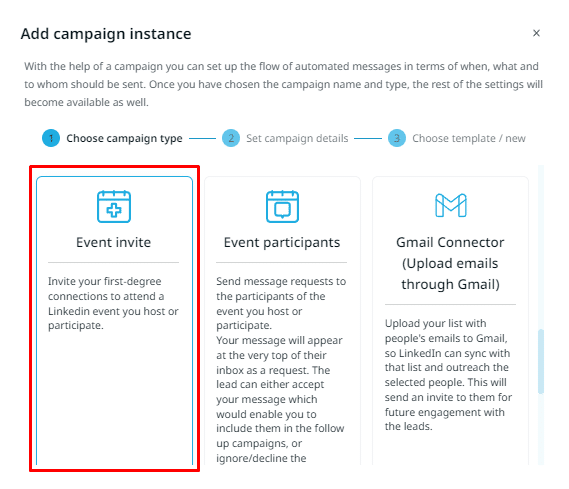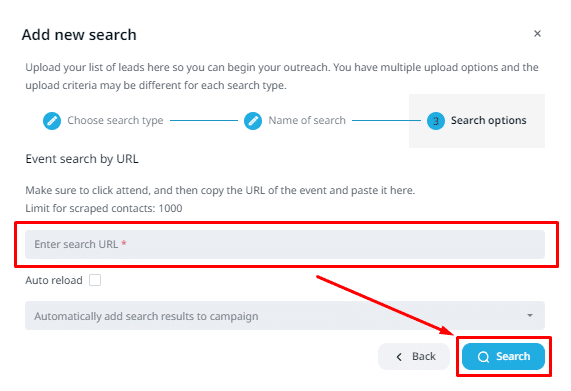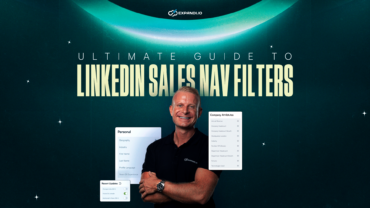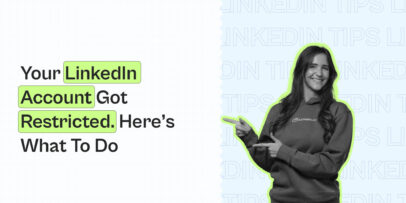What Does A 3rd-Degree Connection Mean On LinkedIn?
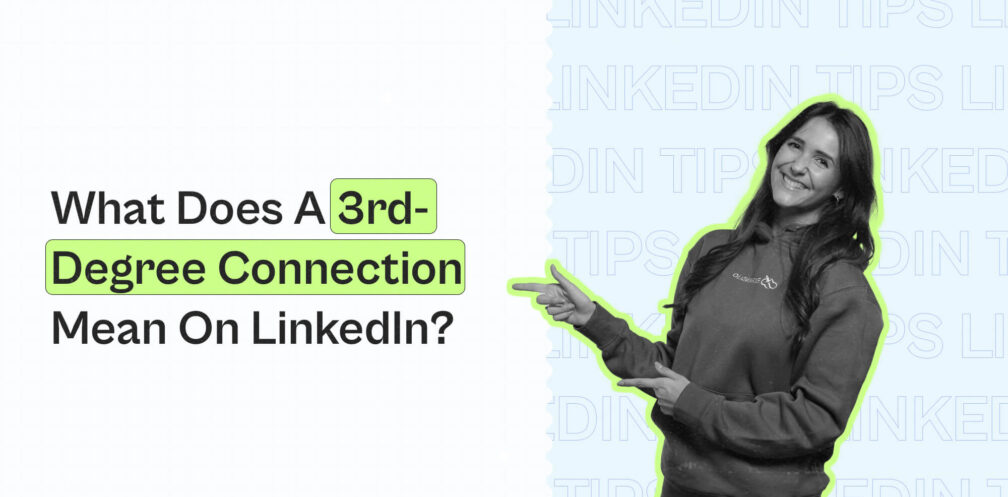
If you’ve spent some time on LinkedIn, you’ve probably wondered the following question at some point:
What’s the difference between 1st, 2nd, and 3rd-degree connections?
If you’re serious about growing your network, this is important.
So, here’s what you’ll learn below:
- Difference between 1st, 2nd, and 3rd-degree connections on LinkedIn
- Why 2nd and 3rd-degree connections are important for LinkedIn lead generation
- 8 Ways to send connection requests to 3rd-degree LinkedIn leads
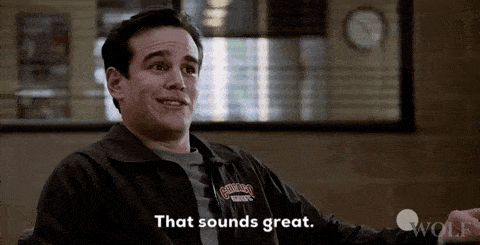
Need more help with all things LinkedIn?
Be sure to join The LinkedIn Outreach Family to learn the ins and outs of LinkedIn!
What’s The Difference Between 1st, 2nd, and 3rd-Degree Connections On LinkedIn?
First things first, what ARE LinkedIn connections?
On LinkedIn, the basic type of connection means a contact you know personally or on a professional level (e.g. colleague, same industry, from a conference, etc.).
Depending on your degree of connection with them, you can take certain actions which we’ll cover below.
Here’s what you need to know.
What is a first-degree connection on LinkedIn
A 1st-degree connection on LinkedIn is someone you are directly connected with.
They’ve accepted your connection request and you can now send a message that will land in their inbox.
You can see the degree of your connection next to their name.
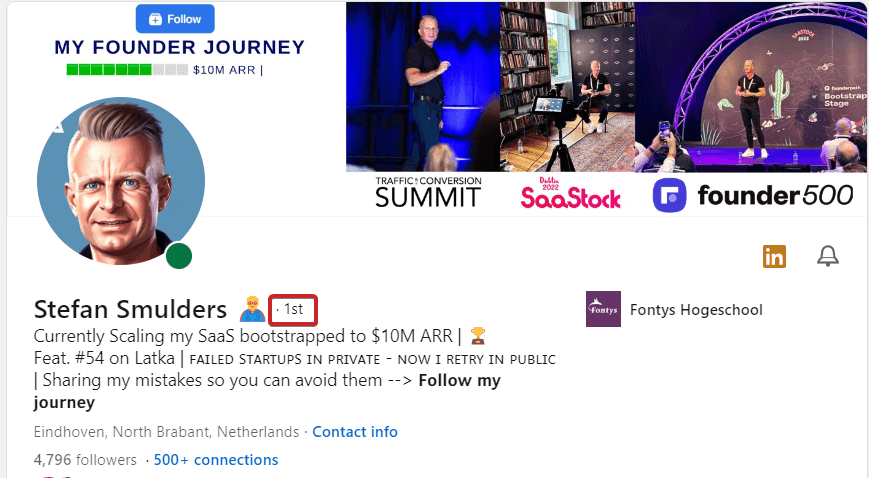
What is a second-degree connection on LinkedIn
2nd-degree connections are people that are not directly connected with you yet.
However, they’re labeled as a 2nd-degree connection because you have mutual connections with them. Meaning, someone part of your network knows the person.
Since they are NOT part of your network though, you cannot message them directly yet.
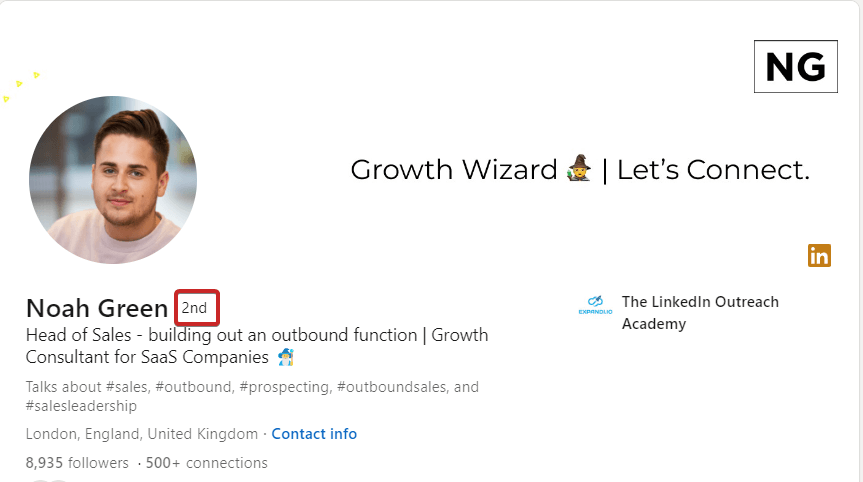
Typically, your options will be:
- Follow.
- Message if you are part of the same LinkedIn group.
- Send profile to someone else in a message.
- Save profile to PDF.
- Send a connection request.
- Report or block.
- View more info about the profile (When they joined LinkedIn, when they updated their contact info, profile photo, and so on.
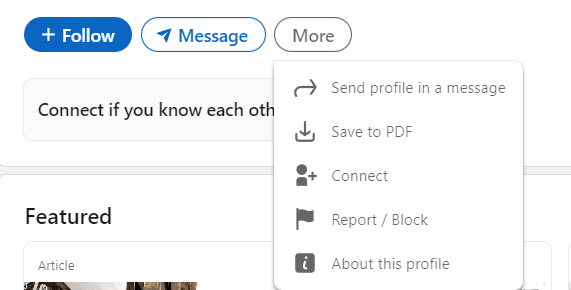
What is a third degree connection on LinkedIn
Last but not least, 3rd-degree connections refer to people who are not directly linked with you.
These are contacts that are connected with your 2nd-degree connections. So, they may possibly be part of your network’s network.
But to put it simply, you have no mutual connections and you don’t know them.
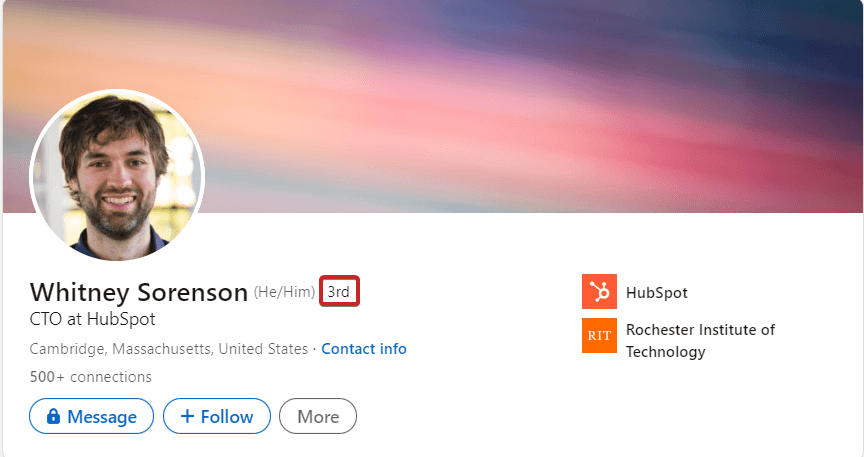
With 3rd-degree connections, you can:
- Send a LinkedIn InMail.
- Follow them.
- Send profile to someone else in a message.
- Save profile to PDF.
- Send a connection request.
- Report or block.
- View more info about the profile (When they joined LinkedIn, when they updated their contact info, profile photo, and so on.
So, to recap so far:
- 1st-degree connections – People you’re connected with.
- 2nd-degree connections – Not connected with you, but have mutual connections.
- 3rd-degree connections – Not connected, no mutual connections.
Why Are 2nd And 3rd-Degree Connections Important For LinkedIn Lead Generation?
Now, why is this so important for lead generation?
It’s all about how you leverage your network.
1st-degree connections are the most convenient option for lead generation as you’re already connected. So, as a result, you can filter them through various ways, such as:
- Contacts who hold an executive position.
- Contacts who work in marketing.
- Contacts you’ve had a prior conversation with.
- And so on.
Then, because you don’t have to send a connection request, you can directly message them instead.
You can:
- Use LinkedIn automation to send a pre-defined outreach template.
- Create LinkedIn content you’ll know they’ll see. For example, case studies with real results might make them want to work with you.
- Learn more about their business to see if it makes sense to work with them.
Then, for 2nd-degree connections, the main lead generation objective will be establishing connections.
For example, if you’re trying to connect with a particular business-owner at a company, you can try to identify your mutual connections who are connected with that person.
Then, you can leverage those contacts to request an introduction or bring them up in your connection request.
Finally, 3rd-degree connections are typically harder to use in lead generation because they represent an even larger pool of potential leads. However, because you have no mutual connections, it can be hard to effectively reach out to them for lead generation.
In that case, consider:
- Sending LinkedIn InMails.
- Sales videos.
- Omnichannel outreach (as in, emails AND LinkedIn).
In general, 3rd-degree connections are the harder piece of the puzzle for LinkedIn lead generation.
To elaborate on this, let’s take a look at some of the best ways you can include 3rd-degree connections in your lead generation strategy.
7 Ways To Send Connections To 3rd Degree LinkedIn Connections
If you find it challenging to reach out to 3rd-degree connections, some of the best lead generation tactics you can use are as follows below.
1. Use LinkedIn Sales Navigator To Find And Scrape Different Contacts
LinkedIn Sales Navigator is a great way to find and connect with potential leads, prospects, and customers.
What makes Sales Navigator so powerful compared to the “regular” search version is that it comes with set of advanced search filters to really hone in on your ideal customer persona.
You can narrow down based on geography, industry, company size, function, seniority level, and more.
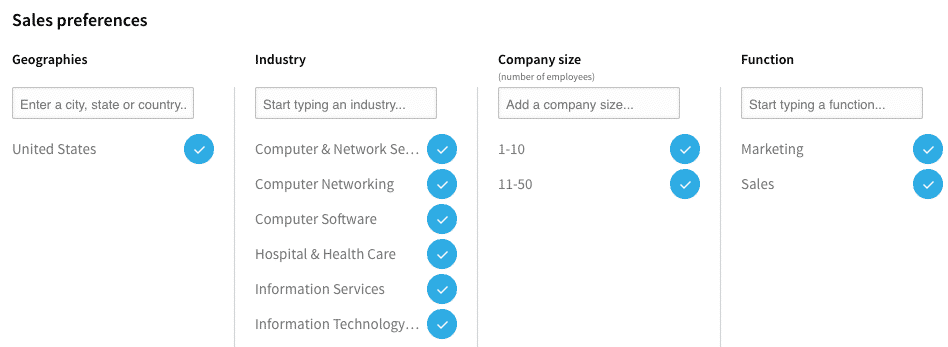
Then, you can use certain scraping tools like TexAu (see how it works in our B2B lead generation tools for more) to automatically scrape your Sales Navigator search results into a spreadsheet file.

Even if your contacts are 3rd-degree connections (i.e. no mutual connections), there are certain things you can assume based on your Sales Navigator search filters, such as:
- Their seniority.
- Company size.
- Something they had recently posted about.
- If they got promoted recently.
- And so on.
This kind of personalization will boost your connection request acceptance rate, even if you have no mutual connections with your lead.
2. Use “People you may know” and ‘View Linked Profiles to find and scrape 3d-degree contacts
According to LinkedIn, the People You May Know (PYMK) feature is responsible for building more than 50% of LinkedIn’s professional graph.
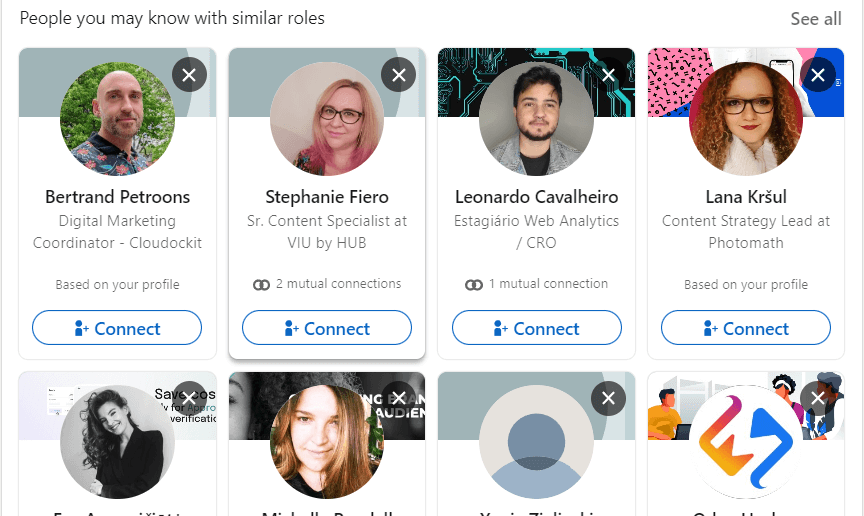
This feature is based on 2 main signals:
- Relevance – LinkedIn looks at mutual acquaintances, mutual experiences, age differences, geographical distance, so on.
- Scale – This is based on data and large-scale machine learning. LinkedIn processes over 100s of terabytes of data daily and gives new suggestions daily, which are often correct.
In other words, they’re more likely to connect with you.
To take advantage of this, you can use automation to connect with relevant people without having to write the same request template each time.
- We’ll be using Expandi’s Campaign Builder to send connection requests automatically to people we may know.
- Go to the Campaigns section and set up a similar outreach flow.
- Then, go to Search and click on the “People you may know” search.
- Choose the campaign that will get all search results automatically
- When the search loads you can use the Filters and Actions and assign the appropriate leads to the desired campaign.
- When all set, just activate your campaign.
If you’re not sure what to include in your template, see our top LinkedIn connection message templates article!
3. Leveraging LinkedIn groups and events
For 3rd-degree connections, this tip probably works best.
That’s because you don’t need to be connected with leads. As long as you have a mutual group in common or an event you both attended, you can message them directly. Even if they are 3rd-degree connections.
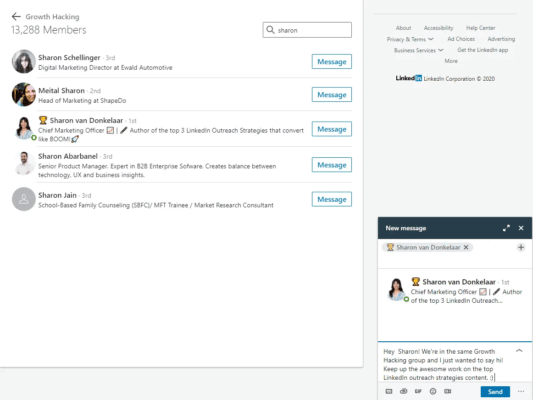
When it comes to LinkedIn events, you have a lot of leeway in terms of connection request personalization. So, even if you have no mutual connections, you probably have something in common from the event that you both liked.
To take this a step further, you can also introduce LinkedIn automation.
To scrape LinkedIn groups:
- Sign into Expandi.
- Open the “Campaign” tab and choose Group campaign.
- Then you will be able to link a specific group to select the members you want to import.
- Go to LinkedIn.
- Find the group you would like to scrape the members from and copy the URL.
- Go to the “Search” tab and select Group Search to assign all the people to your Group Campaign.
For more detailed steps, see the full guide on LinkedIn groups.
Similarly, you can do the same with LinkedIn events and webinars.
- Click Add Campaign.
- Select Event Invite campaign.
- Then, simply paste the URL in the Event Search section here and click Search.
For more info, check out our guide on how to scrape LinkedIn events.
4. Leverage alumni networks
Your education section is a very underrated part of improving your LinkedIn profile as it can open up a lot of doors.
To identify your alumni network, find your educational institute on LinkedIn, go to their page, and filter for Alumni.
There, you can find a full list of alumni, including where they work and where they live.

From there, you can look for shared connections or reach out to 3rd-degree connections. Most people will be more than glad to connect with you if you studied at the same place.
5. Engage with content before sending a request
The obvious disadvantage of 3rd-degree contacts is that you don’t have any mutual connections.
However, one way to bridge this gap is by engaging with their content beforehand.
Like, comment, or share their content before sending a connection request to establish a relationship in a natural way.
This will help you get on their radar and boost your chances of connecting with them.
6. Always personalize your connection request
This applies to LinkedIn outreach regardless of the degree of connection you have with a lead.
But if you want to drastically boost the chances of getting connected, you need to personalize your request for each lead.
This shows you’ve done the research and aren’t approaching them out of the blue.
You can personalize your requests based on:
- Their LinkedIn posts.
- Likes or comments (i.e. saw their comment on someone else’s post).
- Same LinkedIn group or event.
- Something from their website (e.g. what they do or their backstory).
- Something they had mentioned in a podcast.
- And so on.
7. Use LinkedIn InMail
Finally, if you want to cut through the noise and make sure your message gets seen, consider using LinkedIn InMail.
Unlike a regular LinkedIn message, InMails are a paid feature part of Sales Navigator (typically around $79.99/mo for 50 credits).
But the main advantage is that InMails land directly in a lead’s inbox.
In terms of best practices, make sure to:
- Keep your InMails short and direct.
- Use personalization.
- Include a clear CTA.
- A/B test different outreach templates.
- Combine InMails with other forms of communication (such as cold email).
Conclusion
To sum up, LinkedIn connections are an important part of lead generation. And understanding the different degrees of connections is essential.
- 1st-degree connections – People you’re connected with.
- 2nd-degree connections – Not connected with you, but have mutual connections.
- 3rd-degree connections – Not connected, no mutual connections.
While 1st-degree connections are most convenient for lead generation, second-degree connections are important for establishing connections, and third-degree for expanding into a larger pool of potential leads.
And one of the best ways to reach your connections is by using LinkedIn automation through Expandi.
Get started with a free, 7-day Expandi trial now!
Or, join our LinkedIn Outreach Family group to learn from LinkedIn experts.
You’ve made it all the way down here, take the final step
